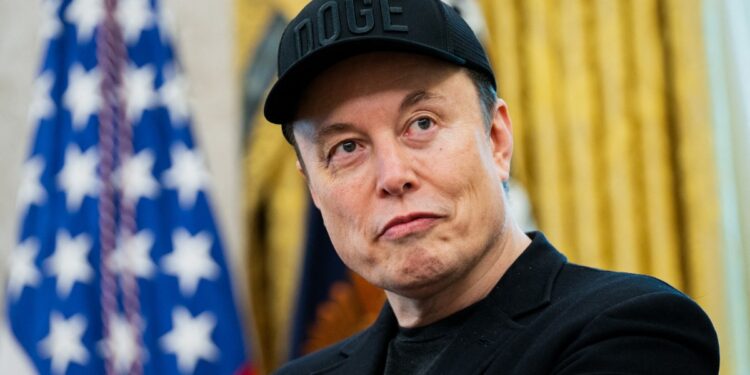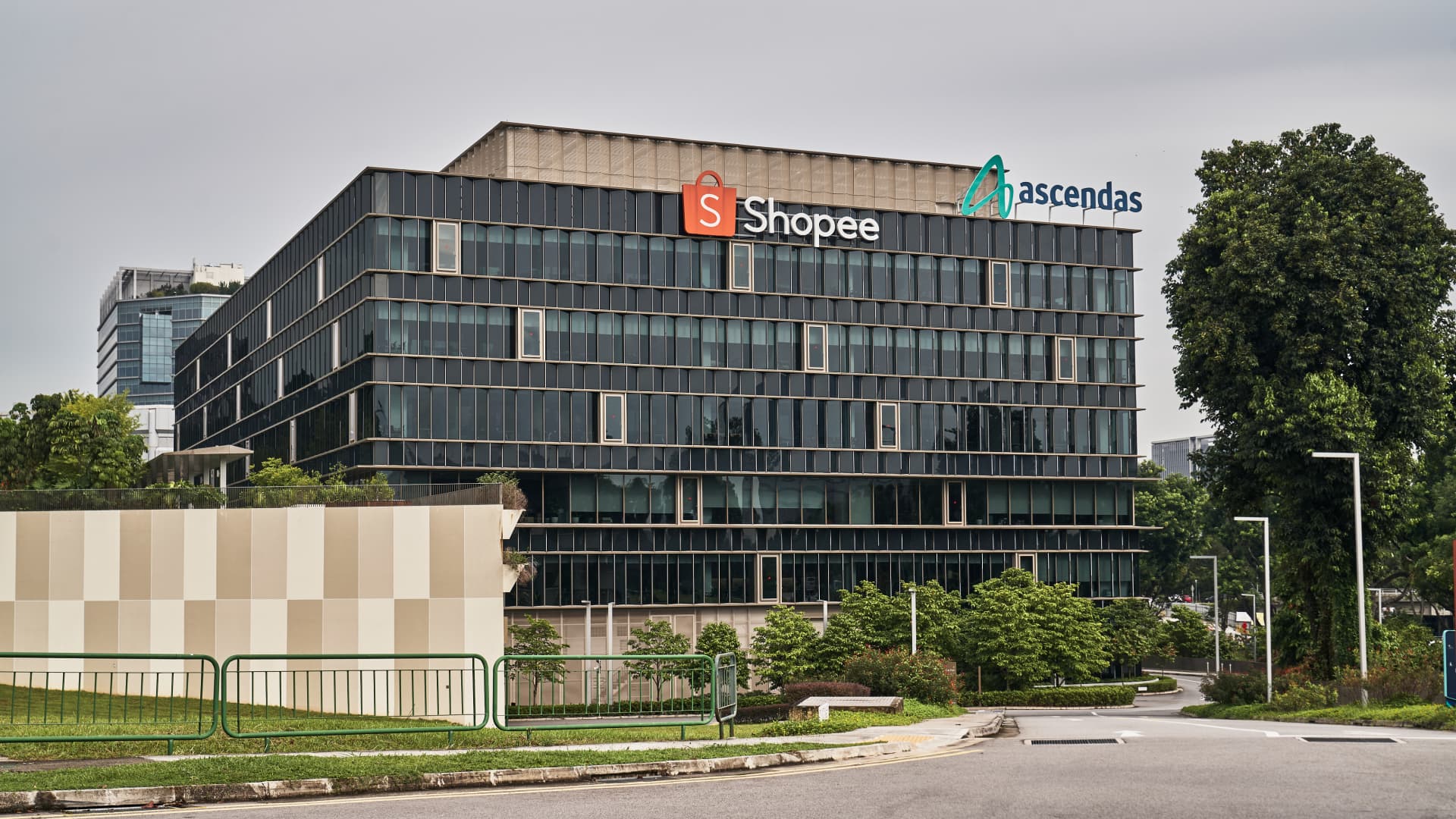
Tesla’s second quarter earnings signaled the company continues to go through a difficult patch, with both revenue and adjusted earnings per share missing the average Wall Street estimates. Revenue was $22.5 billion, down approximately 12% year-over-year, the sharpest decline in at least a decade. Adjusted earnings per share were 40 cents, down from 52 cents a year ago. Analysts, on average, had forecast revenue between $22.62–$22.64 billion and adjusted EPS of $0.41–$0.42 per share, with Tesla below the midpoint on each.
Tesla’s double-digit percentage revenue decline was primarily attributed to the ongoing slump in vehicle deliveries. Improved energy storage deployments and new service offerings provided minor offsets, but could not outweigh the hit from lagging car sales and persistent price competition across the electric vehicle industry.
Operating income also fell significantly, coming in at $923 million, which was below consensus estimates of $1.23 billion. Net income dropped year-over-year as margins continued to shrink, pressured by lower average selling prices, higher raw material costs, and global trade headwinds.
Tesla had previously reported deliveries of more than 384,000 vehicles in the quarter—a drop of more than 13% from the previous year—with production holding steady at just over 410,000 vehicles. This marks the second quarter in a row of reduced year-over-year deliveries.
Wall Street had entered the earnings week with tepid expectations, citing declining sales, compressed margins, and elevated spending on research and development as factors dampening short-term prospects. While Tesla’s results were slightly weaker than forecast, shares saw only a modest uptick in after-hours trading, as investors focused on the company’s long-term ambitions rather than current sales struggles.
Robotaxi, AI, and a new affordable model
Tesla’s leadership used the earnings release to reaffirm its pivot toward next-generation technologies. CEO Elon Musk highlighted the launch of Tesla’s first Robotaxi pilot service in Austin, Texas, along with vague remarks related to the ongoing development of a long-rumored “more affordable” Tesla model.
Musk signaled that, amid stiffer automotive competition, Tesla’s strategy increasingly centers on breakthroughs in autonomy, artificial intelligence, and energy solutions as pillars for future growth.
Multiple challenges continue to weigh on Tesla, including expiring U.S. electric vehicle tax credits in October 2025, ongoing trade disputes and tariffs affecting costs and global supply, and intensifying competition from established automakers and Chinese EV brands. More generally, the brand has growing reputational issues associated with Musk and his support of President Donald Trump, even after the two had a falling out that coincided with fierce criticism of each upon the other. During Musk’s brief role helping the administration, his sometimes successful attempts at slashing government spending provoked ire from much of Tesla’s traditional customer base, with environmentalist and left-leaning politics. Other investors said they wished the distraction would go away.
For this story, Fortune used generative AI to help with an initial draft. An editor verified the accuracy of the information before publishing.













